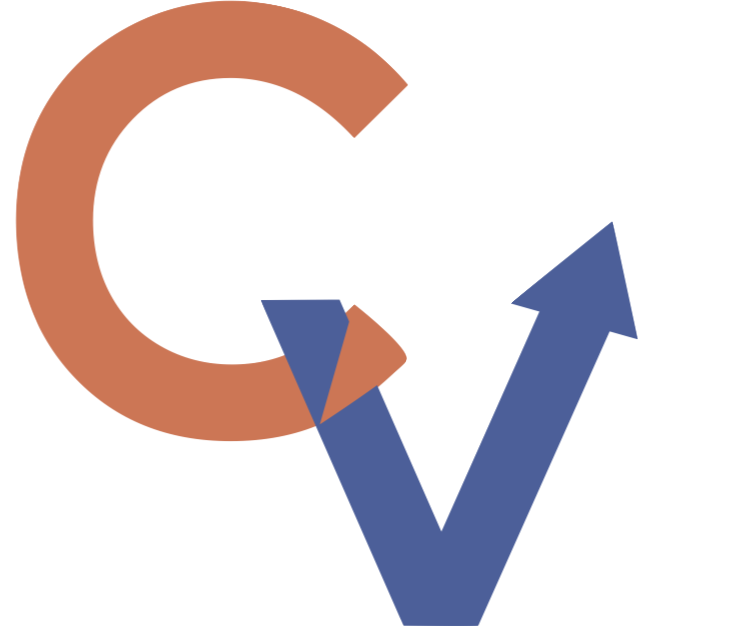7 Ways to Stand Out on LinkedIn
There’s a lot of noise out there about LinkedIn profiles, from whether to have one or not, to what to include and what not to include.
Once you create a profile, you need to build it out to make it work for you. If you create one and don’t populate it at all, you’re doing yourself a disservice. Here’s what you need to know to create a killer profile that will get you found and contacted:
The professional headline does not necessarily need to state your current job title or company name. This is the first thing someone sees next to your name and photo. You should use it to speak to the value you offer right off the bat. If you’re searching for a new job, put it in the context of where you want to go next.
Photos are important. Recruiters rarely look at profiles without photos.
Your summary should be a few short paragraphs. You have 2,000 characters for this section. Make it slightly personal by referring to why you like what you do and why you are good at it. Describe a few challenges you can solve for an employer. Include your greatest accomplishments, any awards and/or relevant current studies here.
Résumés and CVs are factual and don’t offer the chance to insert your personality. Here’s your opportunity to do it.
For job descriptions, use keywords for the types of jobs you’re interested in. An easy way to figure out what the main words in a job description are is to use a tool like Wordle.net which will create a word cloud of the terms that appear the most. You need to use these words in a meaningful way throughout your profile.
If you’re unemployed and you don’t have a current role listed, you may be missed in searches. Most recruiters search the “current title” field when looking for candidates. To avoid being missed, create a job title that reflects what you’re seeking. You can use “seeking new opportunity” or “making a career change” in the company name field.
Skills should be kept up to date, and you should use those you want to be known for and that will help you land a new role. They should be competencies ranging from “training and development” to software skills such as “CSS” or “Adobe Photoshop.”
If you change careers, develop new skills or take on new responsibilities, add them and delete any outdated ones that are no longer as important to your field or job search.
Make connections, but don’t connect with just anyone. You should invite all your past and current contacts to connect with you. LinkedIn should suggest them to you.
Recommendations can give you a huge boost in recruiter interest. It’s like providing references before you’re asked and giving someone a reason to want to talk to you.
Ask three to five former or current colleagues for recommendations. Tell them what you would like them to highlight. If you offer to provide someone with a recommendation, they may be more willing to return the favor.
